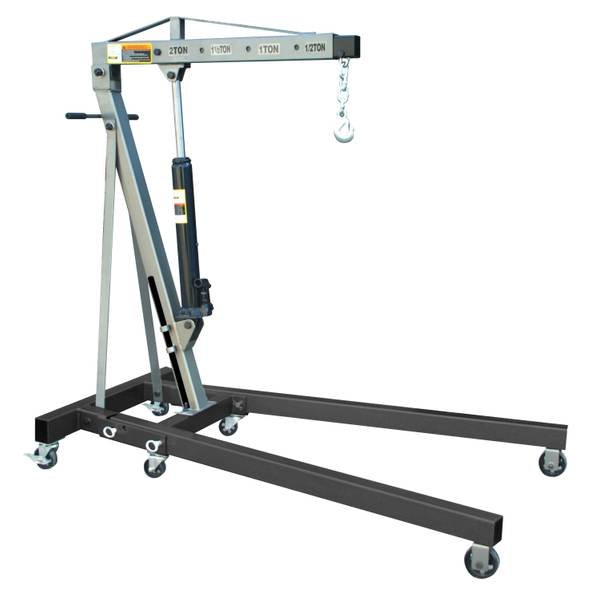An engine hoist, also called an engine crane, or cherry picker, is in essence a lifting device with wide applications in the handling of large loads. Most widespread to use in lifting and lowering automobile motors. An engine hoist consists of a stand, a mast that is vertically constructed from steel and contains a particular lifting member and a horizontal pillar.

Here are some key features and components of an engine hoist:
1. Frame:
Its main role is the provision of support and the placement of the lifting mechanism. In detail, there are specific attributes and characteristics of the frame; it is most commonly made of steel for added endurance.
2. Vertical Mast:
This is the large standing pole that holds the horizontal bar, and makes it elevate to a high degree, thus facilitating the transport of large loads.
3. Horizontal Boom:
This radiates from the vertical mast and places the lifting facility above the object identified for lifting.
4. Lifting Mechanism:
In this case, the lifting mechanism refers to the hydraulic cylinder or the chain hoist, which attaches to one end of the horizontal boom, thereby enabling the lifting and lowering of heavy loads. It creates the lift force to lift heavy objects as needed for vertical movement.
5. Wheels:
Some of the hoists that are in the market are rolls on wheels or casters that are provided at the base of the frame to ease in transport across the workshop or garage.
6. Adjustable Legs:
It is possible to encounter some types of hoists equipped with adjustable legs. These engine hoists provide more stability when placed on an uneven floor or can also adjust to different heights, bringing the lift at an angle.
7. Load Capacity:
It can be obtained in the tiny engine carrying light loads or the large one capable of bearing heavy loads and other structural forms besides the engines.

Mechanics, DIY enthusiasts, and amateur automotive mechanics use engine hoists as general shop equipment for removing or replacing automobile engines, transaxles, or other bulky parts in the same way.
Being safer and more efficient than manual handling of loads, they provide a better means of executing roles within the automotive repair and maintenance context.
For any question Contact us
For more information visit our Facebook page https://www.facebook.com/profile.php?id=61560477510733&_rdc=4&_rdr
